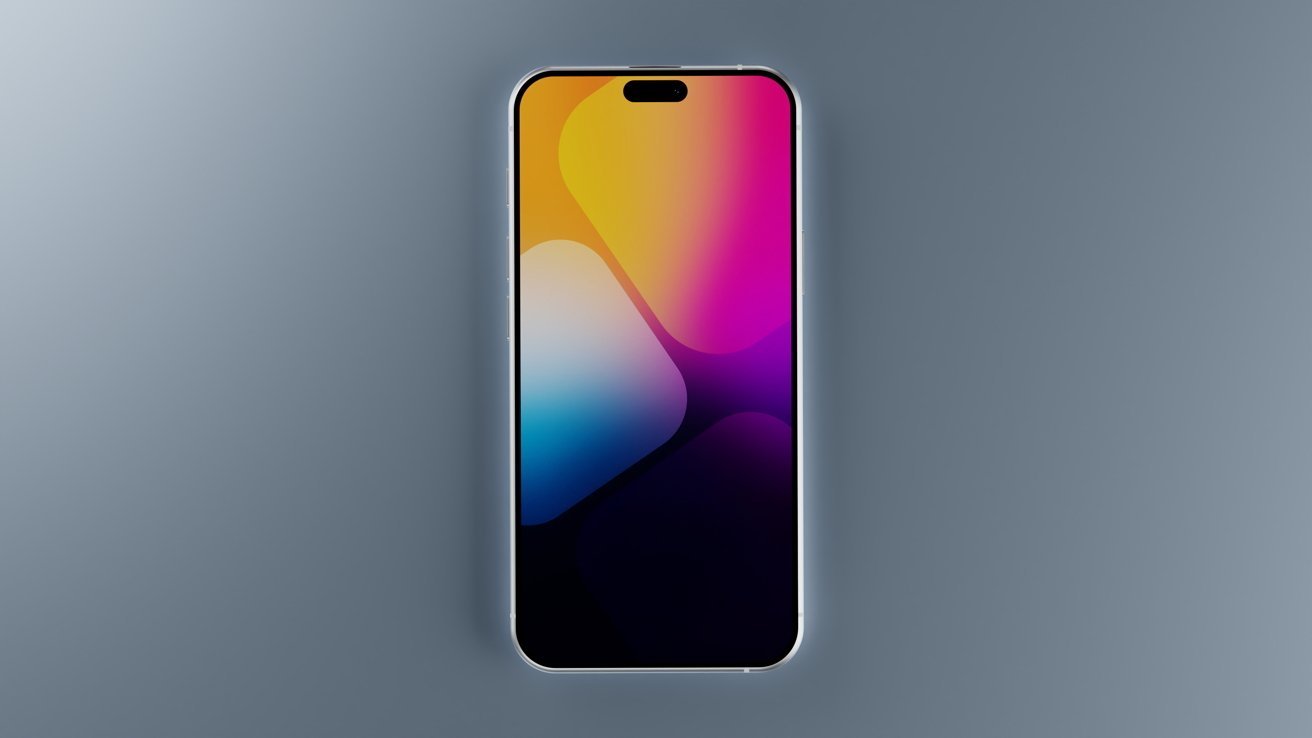Apple's iPhone 17 Roadmap: Modem Setback Meets Wi-Fi Innovation

In a recent industry insight, renowned Apple analyst Ming-Chi Kuo has revealed intriguing details about the upcoming iPhone 17 lineup's modem and wireless technology. Despite expectations of a new in-house C1 modem, Kuo suggests that most iPhone 17 models will not immediately adopt this technology.
While the C1 modem rollout might be limited, Apple is set to introduce an innovative in-house Wi-Fi chip design that promises to enhance the overall wireless performance and connectivity of the iPhone 17 series. This strategic move underscores Apple's continued commitment to developing proprietary technologies that can potentially improve device efficiency and user experience.
The partial implementation of the C1 modem and the new Wi-Fi chip design highlights Apple's methodical approach to technology integration, carefully testing and gradually introducing advanced components across its product lineup. Tech enthusiasts and Apple fans can look forward to seeing how these developments will shape the future of iPhone wireless capabilities.

